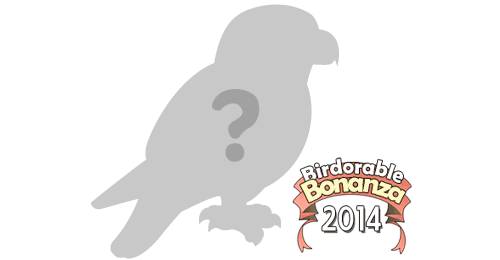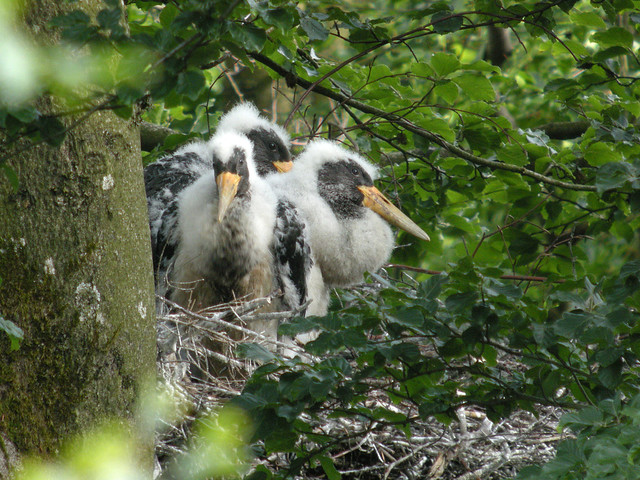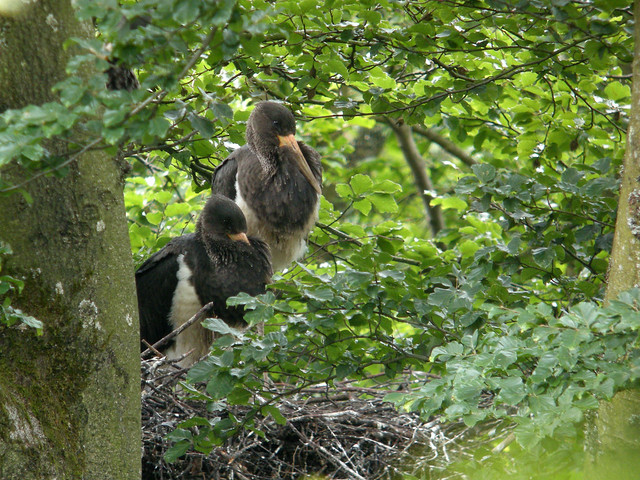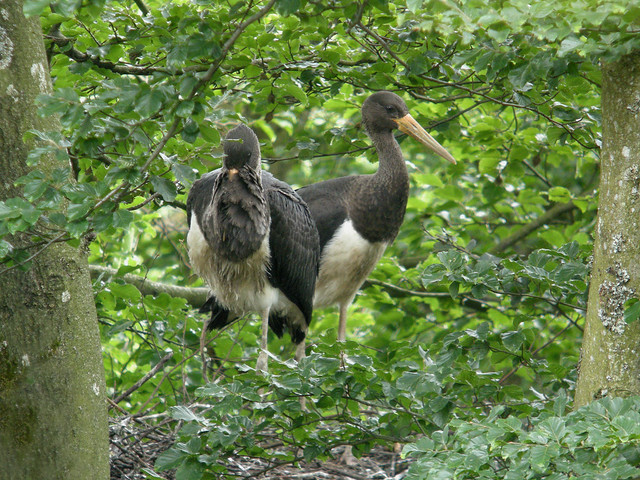Our sixth annual Birdorable Bonanza will begin tomorrow! Each year we reveal a number of birds in a burst we like to call our Birdorable Bonanza. You can check out what the previous years were like here: 2009; 2010; 2011; 2012; 2013. This Bonanza will be short and sweet: from November 16 through November 22 we will reveal a new species each day on Birdorable. At the end we'll have a whopping 565 different species on Birdorable.com! Here's a sneak peek at the first bird in this year's Bonanza, a small bird of prey with a short, magical name. Can you guess which species will start things off?






